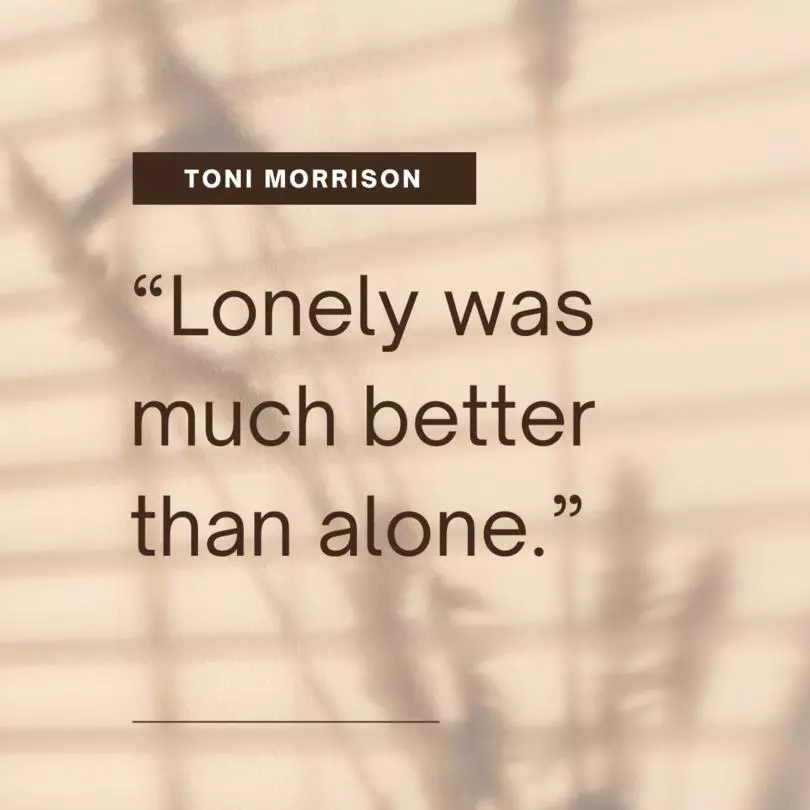The Shadows of Beauty – A Review of “The Bluest Eye” by Toni Morrison
Toni Morrison’s Haunting Masterpiece – A Deep Dive into “The Bluest Eye”
In the realm of literature that confronts the complexities of identity, beauty, and societal prejudices, Toni Morrison’s “The Bluest Eye” shines as a haunting masterpiece that delves into the shadows that obscure the concept of self-worth. With prose that resonates with both pain and poetry, Morrison crafts a narrative that invites readers to reflect on the far-reaching impact of society’s standards of beauty on the lives of individuals.
A Tapestry of Longing: The World of “The Bluest Eye”
Imagine a world where the pursuit of blue eyes becomes a symbol of desirability, where characters grapple with the pain of not fitting into society’s narrow definition of beauty. “The Bluest Eye” introduces us to a community marked by racial and societal divisions, where young Pecola Breedlove yearns for blue eyes in the hope that they will grant her the acceptance she longs for. Morrison’s narrative unravels the layers of Pecola’s yearning, the corrosive effects of racism, and the complexities of self-perception.
The setting of “The Bluest Eye” becomes a canvas upon which Morrison paints the realities of prejudice and the struggle for self-identity. Her narrative is a tapestry of longing, reflecting the emotional landscapes of characters who grapple with their own worthiness in a world that values them based on factors beyond their control.

Characters in the Spotlight: A Symphony of Souls
The heart of “The Bluest Eye” lies within its characters, each a representation of the hopes, pain, and aspirations of those who seek validation. Pecola Breedlove, the central figure, becomes a tragic embodiment of the novel’s themes, as she internalizes society’s negative perceptions of her appearance. Her longing for blue eyes serves as a metaphor for the unattainable ideals that society imposes on individuals.
Other characters, such as Claudia MacTeer and Frieda MacTeer, provide contrasting perspectives on the impact of beauty standards. Their responses to societal pressures highlight the ways in which different individuals navigate the complexities of self-acceptance and identity.
Themes of Beauty and Identity: Insights Explored
“Seeing beauty in a different light,” Morrison seems to say, as she delves into themes that resonate deeply with the human experience. The theme of beauty is central to the narrative, as Morrison challenges the prevailing standards that equate light skin and blue eyes with desirability. Her exploration of characters’ perceptions of themselves and others underscores the destructive power of these ideals on self-worth.
Identity is another prominent theme that surfaces throughout the narrative. Morrison’s portrayal of characters who struggle to define themselves in a world that imposes rigid labels invites readers to reflect on the complexity of human identity. The characters’ yearning for acceptance and their attempts to find their place in society are universal experiences that transcend time and place.
Prose as Poetry: Morrison’s Writing Style
Toni Morrison’s writing style is a blend of lyrical prose and unflinching honesty, creating a narrative that reads like poetry infused with raw emotion. Her language is both evocative and intimate, capturing the nuances of characters’ thoughts and emotions. Morrison’s prose carries a weight that extends beyond the words, inviting readers to connect with the characters on a visceral level.
The novel’s structure is deliberate, weaving together multiple perspectives and timelines to create a mosaic of experiences. Morrison’s writing style is a reflection of the characters’ inner worlds, as she delves into their memories, hopes, and fears with a lyrical grace that echoes the pain and beauty of their lives.
Timeless Relevance: Today’s Reflections
While “The Bluest Eye” is rooted in its historical context, its themes of beauty, identity, and the impact of societal prejudices remain relevant in the modern world. In an era marked by discussions of representation, body positivity, and the ongoing struggle for equity, Morrison’s exploration of these themes offers a timeless perspective.
The theme of beauty’s influence on self-esteem continues to resonate, as individuals navigate the pressure to conform to external ideals. Morrison’s portrayal of characters who yearn for acceptance invites readers to consider the ways in which societal standards affect self-perception and the broader implications of such standards on collective self-worth.

Final Thoughts on “The Bluest Eye”: Unraveling the Layers of Longing
“The Bluest Eye” is a haunting exploration of the wounds inflicted by societal beauty standards, a testament to the complexity of human identity and the yearning for acceptance. Toni Morrison’s narrative invites readers to journey through the emotional landscapes of characters who grapple with the impact of prejudice on their self-worth.
As readers immerse themselves in the world of “The Bluest Eye,” they are reminded of the power of literature to shed light on the shadows that obscure the concept of beauty. Morrison’s prose weaves together pain and hope, offering a mirror in which readers can reflect on the ways in which societal expectations shape their perceptions of themselves and others. “The Bluest Eye” is a testament to the enduring relevance of Morrison’s insights and a reminder of the collective responsibility to challenge destructive beauty standards and to celebrate the diversity and inherent worth of every individual.